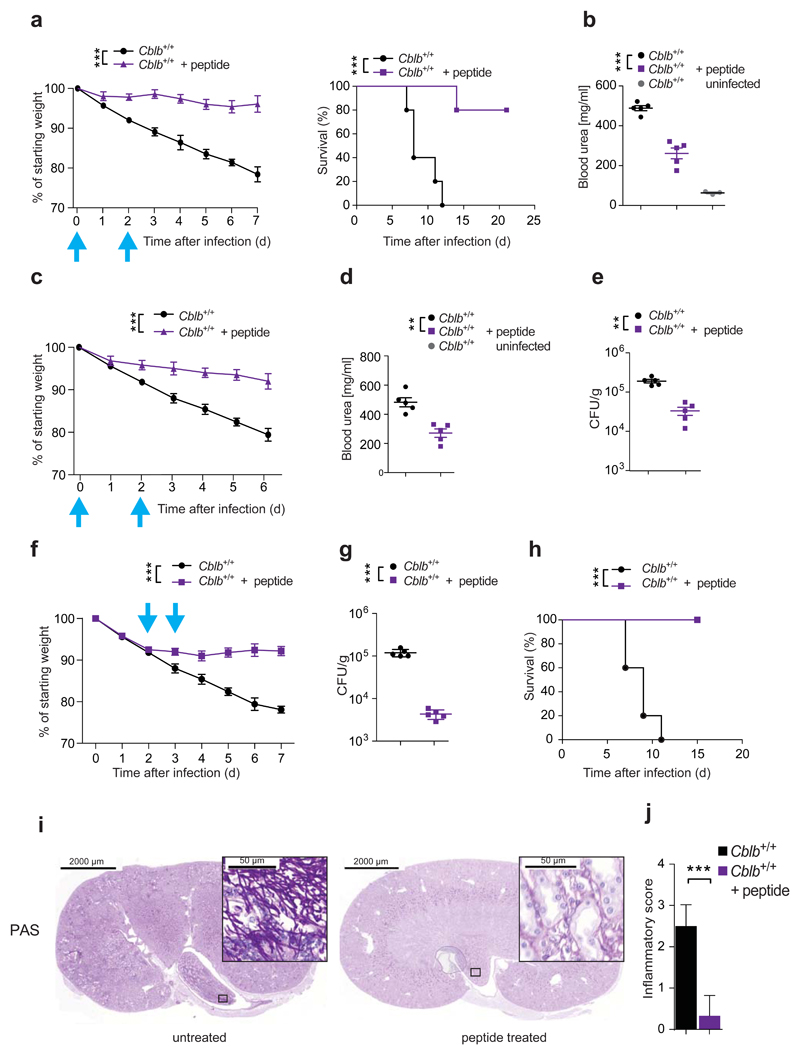Figure 6. CBL-B inhibition enhances anti-fungal immunity.
(a,b) Cblb+/+ mice were infected intravenously with C. albicans (105 CFU/21.5g body weight), and injected intraperitoneally with 100 μg TKB-binding-peptide twice. Plots depict weight loss (left; P values assessed by two-way ANOVA), and survival (right; P values assessed with log rank test). (b) Blood urea concentration 7 days after infection. n = 5 for all cohorts. (c,d,e) Cblb+/+ mice were treated as in (a,b) with 20 μg peptide. Plots depict (c) weight loss (P values assessed by two-way ANOVA; n = 5 for all cohorts), (d) Blood urea concentration and (e) kidney fungal load 7 days after infection. (f,g,h) Cblb+/+ mice infected as in (a,b), were injected intraperitoneally with 100 μg of peptide twice. Plots depict (f) weight loss (P values assessed by two-way ANOVA), (g) kidney fungal load 48 hours after second peptide treatment, and (h) survival (P values assessed with log rank test). (a,c,f) Blue arrows indicate time points of peptide treatment. (i) PAS stained kidney sections from mice treated as in (f) and sacrificed 2 days after second peptide treatment. Boxed areas shown at increased magnification. (j) Inflammatory score of infected kidneys from (i). n = 3 for both cohorts. 4 sections per kidney analyzed. (a,b,c,d,e,f,g,j) Data are shown as means ± SD. (b,d,e,g) Dots represent individual mice. For panels (a,b) 1 representative of 5, for panel (c-j) 1 representative of 3 independent experiments is shown. **P < 0.01, ***P < 0.001 calculated with Student’s t-test.

